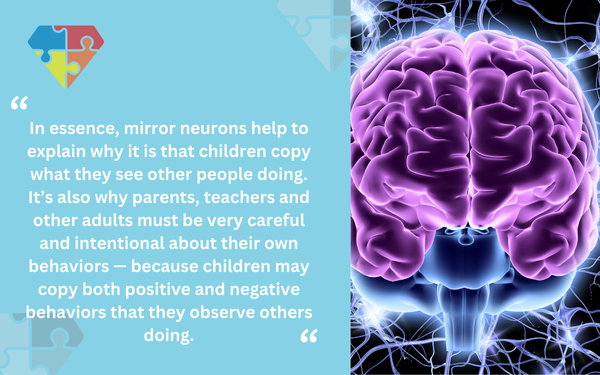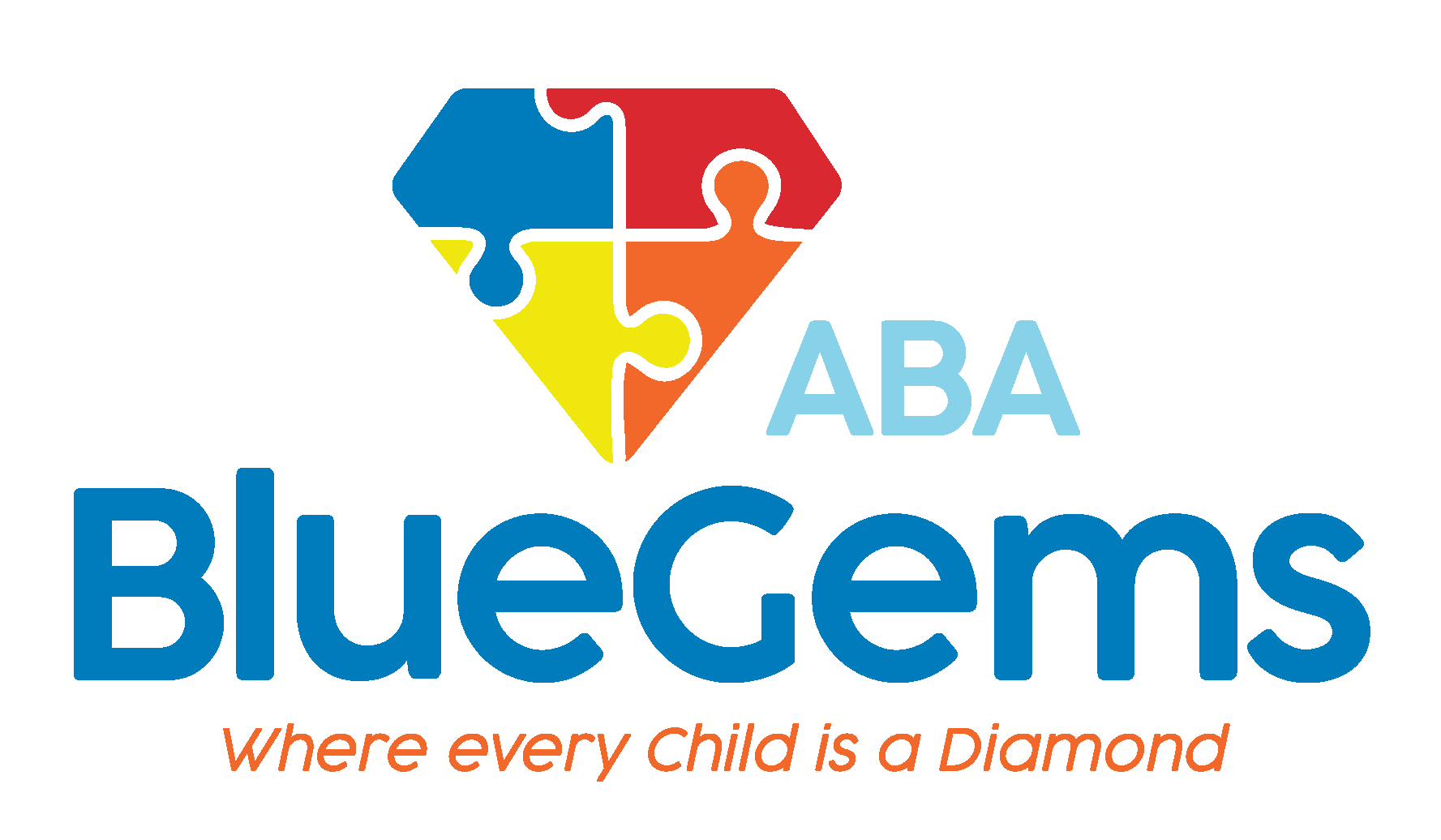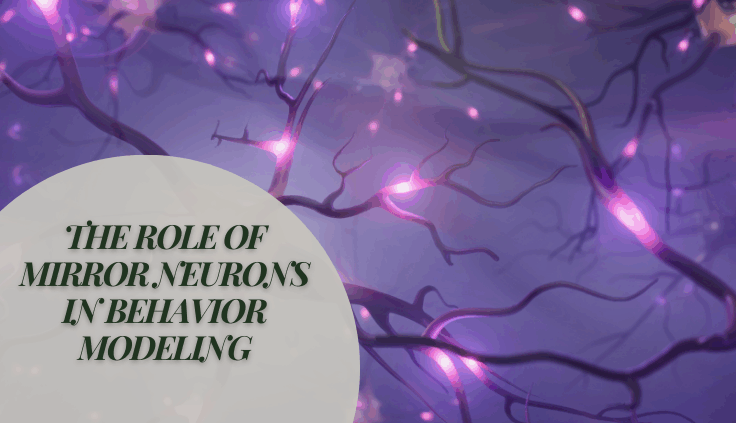The Role of Mirror Neurons in Behavior Modeling
There’s a lot of scientific research that forms the foundation of behavior modeling and intervention plans such as applied behavior analysis (ABA therapy), which is considered the gold standard of treatment options for children with autism spectrum disorder (ASD).
ABA therapy isn’t just a guessing game. It’s based on evidence gained through many research studies over the years that shows how the brain functions and how behaviors can be shaped as a result.
There are many strategies, techniques and tools that ABA therapy uses to help children with autism gain the communication, social interaction and daily life skills with which they struggle, while also helping to modify certain behaviors.
A major approach is behavior modeling, which involves giving children an example of a skill or behavior you want them to exhibit by physically doing it yourself first. Modeling works for many reasons, and one is the role that mirror neurons play in the brain.
In this article, we’ll describe the role of mirror neurons in behavior modeling.
Table Of Contents
What Are Mirror Neurons?
Mirror neurons are cells in the brain that activate anytime that someone carries out an action1, or also when we watch someone else carry out one. They were first discovered during research studies on macaque monkeys in the 1990s.
The researchers found that the mirror neurons in the monkeys fired not just when the monkeys picked up food, but also when they watched researchers pick up food2.
Following this discovery, further research was conducted into the human brain. They found that mirror neurons are also present in humans, activating in similar ways when we perform an action and when we watch others do the same.
The mirror neurons are located in the fronto-parietal network of the brain3, which works in executing and planning movements.
What the research suggests is that the actions by one person can stimulate the actions of others internally, and it happens subconsciously.
What Role Do Mirror Neurons Play in Behavior Modeling?
The way in which mirror neurons work explains why behavior modeling works so well — not just for children with ASD, but all individuals. It is particularly effective for young children, though, because their brains are the most pliable in early childhood.
This is why modeling has become a major approach to teaching across multiple educational settings, for children of all ages and abilities. When teachers model certain strategies or behaviors, their students’ brains actually “mirror” the actions in a way that’s similar to if they did those actions themselves.
In essence, mirror neurons help to explain why it is that children copy what they see other people doing. It’s also why parents, teachers and other adults must be very careful and intentional about their own behaviors — because children may copy both positive and negative behaviors that they observe others doing.

How Does ABA Therapy Integrate Behavior Modeling?
An interesting aspect of mirror neurons is that research has discovered that children with autism may have less mirror neuron activity than their neurotypical peers. This could help explain at least partially why they struggle with communication and social interactions — because the mirror neurons in their brain might not be “firing” in a way that they can understand what other people’s intentions are.
At the same time, evidence has shown that behavior modeling is a very effective approach for teaching children on the autism spectrum. In fact, since children with autism are often considered to be visual thinkers, the physical act of modeling a behavior helps them to understand exactly what it is you want them to do.
This is why behavior modeling is such an integral part of ABA therapy. It’s used throughout treatment plans, regardless of what other strategies, techniques and tools are being used to target a specific skill or behavior.
ABA therapists quite often model behaviors so that their patients have something they can see and copy. This is a very intentional approach to teaching that’s based on the science surrounding mirror neurons and how the brain works.
| Cause | Effect |
|---|---|
| Mirror neurons fire when observing others | Leads to imitation and learning through observation. |
| Children observe adult behavior | They may mirror both positive and negative actions. |
| Lower mirror neuron activity in children with ASD | May result in challenges with social understanding and communication. |
| Use of behavior modeling in ABA | Helps children with ASD better grasp and replicate desired behaviors. |
Behavior Modeling is an Integral Part of Blue Gems ABA’s Treatment Plans
Behavior modeling is an effective teaching strategy for children of all developmental abilities, but especially for those with ASD, thanks to how mirror neurons work.
At Blue Gems ABA, we base all of our ABA therapy treatment programs on scientific evidence that research has uncovered. We craft all of our treatment plans to the unique strengths, challenges and preferences of each patient, which helps them be more effective.
To learn more, please contact us today.




